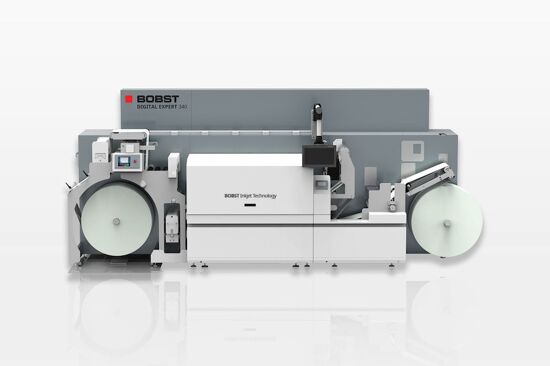New Standard - ISO 20690 for easier cost of ownership calculations

ISO 20690 helps determine the energy usage for digital presses and simplifies the process of comparing the operating costs including their carbon footprint.
Today equipment buyers tend to make their investment decisions based on numerous criteria, which can include monthly service charges, capital cost, finance cost, consumables costs, support and space. Furthermore, buyers try to take into account the energy cost of a piece of kit if possible.
Recently, ISO along with FOGRA, the German Research Institute for Media Technologies and Ricoh Europe, one of the graphics industry’s most active sustainability enthusiasts have completed a new standard that makes this achievable.
ISO 20690 helps perfect the method of determining the energy usage for digital presses, and in doing so simplifies the process of comparing the operating costs of these devices including their carbon footprint. This new standard can be described as a natural partner to ISO 16759 which was originally developed in the same ISO committee as ISO 20690. ISO 16759 focused on the quantification and communication for calculating the carbon footprint of print media products.
The calculation of energy usage is usually determined by the basis of a device’s connected load, which is the total load that is measured in watts of components that are connected to a machine’s electricity supply system. This also includes on/off lights, interface panels, onboard computers and more which is in turn included in an energy calculation even if they are not operating. Therefore, a connected load calculation is not specifically accurate.
In comparison, ISO 20690 takes a different approach whereby calculations are based on the actual amount of the electrical load on an electrical circuit. By using this new standard owners and manufacturers can precisely determine the actual energy of a digital printer which makes it much easier to compare the energy footprints of different digital printing devices. Product Manager, Jonny Dörig at Gallus Ferd, a Swiss label and print provider has implemented ISO 20690 and commented that it “has allowed us to simply and quickly capture the energy efficiency of our printing system.”
ISO 20690 is aimed to be used in digital printing systems that are designed to run a single job over a long period of time meaning that is particularly significant for transactional and book printing systems. Its requirements are established on calculating the kilowatt hours that are necessary to print 1000 A4 sheets, using a standard test sheet. By following the requirements in this new document, it is expected that operating costs will be more precise and that this information will assist investment planning. In addition, manufacturers will have benchmark figures which can be used to compare the energy usage of new technologies. ISO 20690 will also be advantageous in locations such as Germany, where subsidies are available for companies investing in more energy efficient equipment.
Source: This article was produced by the Verdigris project, an industry initiative intended to raise awareness of print’s positive environmental impact. This commentary helps printing companies keep up to date with environmental standards, and how environmentally friendly business management can help improve their bottom lines. Verdigris is supported by the following companies: Agfa Graphics, Spindrift.click, EFI, FESPA, HP, Kodak, Kornit Digital, Ricoh, Splash PR, Unity Publishing and Xeikon.
Topics
Interested in joining our community?
Enquire today about joining your local FESPA Association or FESPA Direct
Recent news

WrapFest returns to Silverstone amid vehicle customisation boom
WrapFest, the dedicated show for the vehicle and surface decoration community will return to the prestigious Silverstone Race Circuit this year, running from 3-4 October 2024.

Opportunities for large formt printers in labelling
Nessan Cleary shares how labelling can present a unique opportunity for large format print suppliers who are looking to grow and diversify their business.
.png?width=550)
